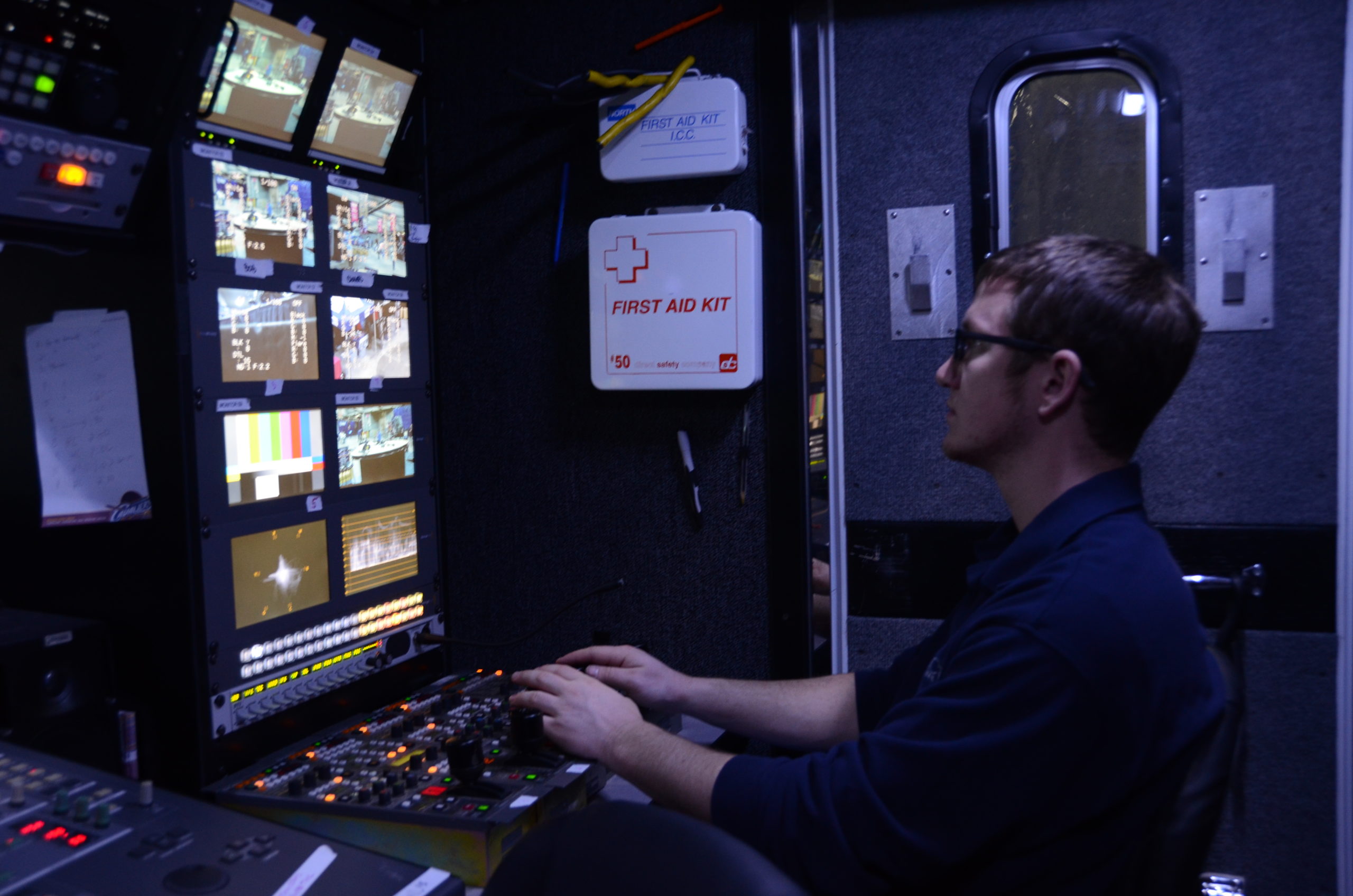White balancing is the process of adjusting the camera’s settings to ensure that the colors in the image are accurate and neutral, regardless of the lighting conditions. This is an important step in setting up a camera system for broadcast or video production.
To white balance a broadcast lens, follow these steps:
- Choose a neutral target or reference, such as a white sheet of paper, or a white wall, which is lit by the same lighting conditions as the subject.
- Place the target in the same lighting conditions as the subject, and then position the camera so that the target fills the entire frame.
- On a truck production, the person shading (V1) will set the camera to manual white balance mode. This will allow you to adjust the color balance settings manually. On a single-camera production, the camera operator will have to manually click the white balance button.
- Then, zoom out to check your progress. The V1 may need to adjust the camera’s color balance settings until the cameras all match. The specific settings will depend on the camera and lens you are using.
- If the color balance changes as you zoom in or out, you may need to adjust the white balance again.
- Finally, check the color balance again after the camera has been moved or the lighting conditions have changed to ensure that the white balance remains accurate.

